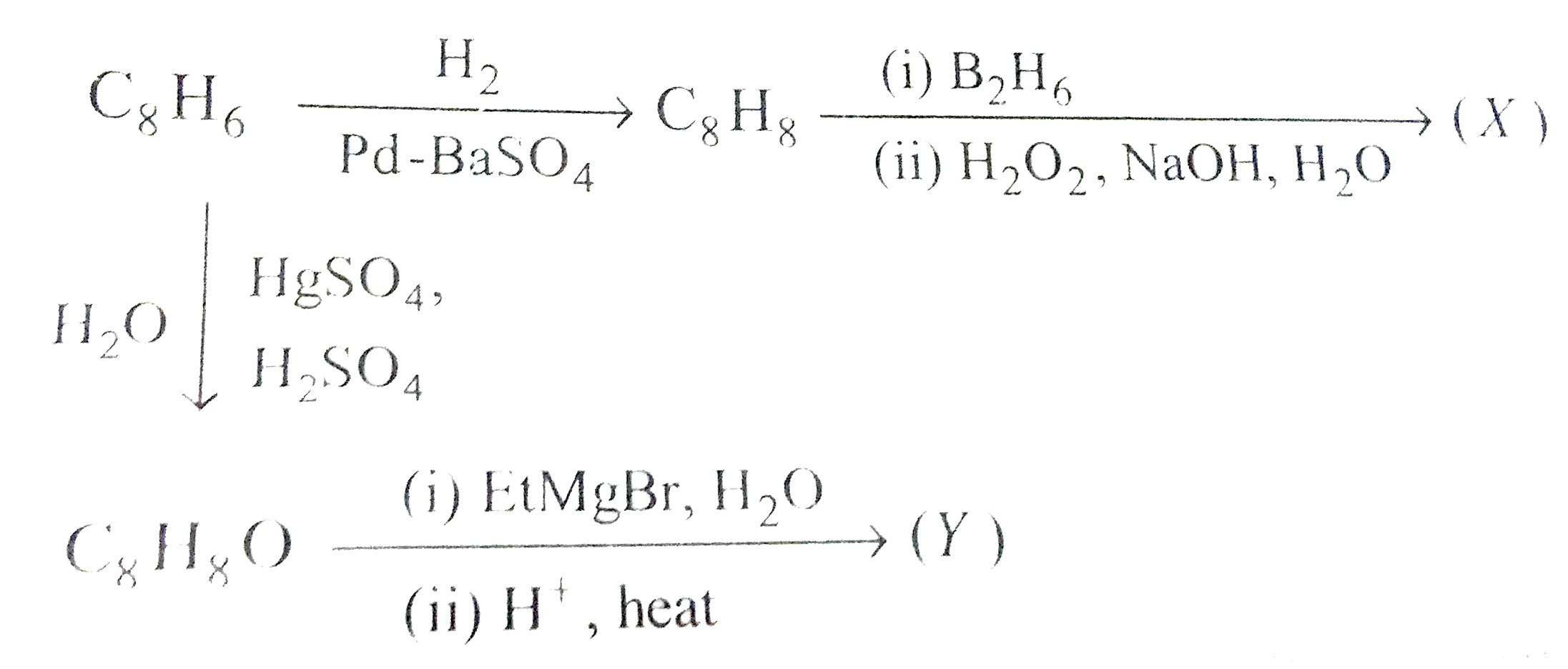Read the passage given below and answer the following question
Experimental kinetic data on reactions of the chlorine atom with halogenated derivatives of methane and ethane (37 reactions) have been analysed by the intersecting parabolas method. The following five factors have an effect on the activation energy of these reactions: the enthalpy of reaction, triplet repulsion, the electronegativities of the reaction centre atoms, the dipole- dipole and multipole interactions between the reaction centre and polar groups, and the effect of π electrons in the vicinity of the reaction centre. The increments characterizing the contribution from each factor to the activation energy of the reaction have been calculated. The contribution from the polar interaction, ΔEμ, to the activation energy depends on the dipole moment of the polar group and obeys the following empirical equation: In (ΔEμ/Σμ)=−0.74+0.87(ΔEμ/Σμ)−0.084(ΔEμ/Σμ)2
Source: Denosov, E.T., Denisova, T.G. (2017). Reactivity of haloalkanes in their reactions with the chlorine atom. Kinetic and Catalysis, 58, 219-226.
Nucleophilic reactions are the most useful classes of organic reactions of alkyl halides in which halogens are bonded to ..... hybridised carbon.
sp2
sp3
sp
pp
The correct Answer is:B
To answer the question regarding the hybridization of carbon to which halogens are bonded in nucleophilic reactions of alkyl halides, we can follow these steps:
1. Understanding Alkyl Halides: Alkyl halides are organic compounds where a halogen atom (like Cl, Br, I, or F) is bonded to an alkyl group. The alkyl group is derived from alkanes, which are saturated hydrocarbons.
2. Identifying Carbon Hybridization: In alkyl halides, the carbon atom that is directly bonded to the halogen is typically sp³ hybridized. This is because the carbon atom forms four single bonds (one with the halogen and three with hydrogen or other carbon atoms).
3. Reason for sp³ Hybridization: The sp³ hybridization occurs when one s orbital and three p orbitals mix to form four equivalent sp³ hybrid orbitals. This arrangement allows for a tetrahedral geometry, which is characteristic of alkyl groups.
4. Nucleophilic Reactions: In nucleophilic substitution reactions, the nucleophile attacks the carbon atom that is bonded to the halogen. The partial positive charge on the carbon (due to the electronegativity of the halogen) makes it susceptible to attack by nucleophiles.
5. Conclusion: Therefore, in nucleophilic reactions of alkyl halides, the halogens are bonded to sp³ hybridized carbon atoms.
Final Answer:
Nucleophilic reactions are the most useful classes of organic reactions of alkyl halides in which halogens are bonded to sp³ hybridized carbon.
Nucleophilic reactions are the most useful classes of organic reactions of alkyl halides in which halogens are bonded to sp³ hybridized carbon.
Similar Questions
Knowledge Check
An enzyme catalyses a reaction by activation energy of the reaction .
AincreasingBdecreasingCFirst decreasing and then increasing .DFirst increasing and then decreasingThe activation energy of a reaction is zero. The rate constant of the reaction
Aincreases with increase of temperatureBdecreases with decrease of temperatureCdecreases with incrrease of temperatureDin nearly independent of temperatureThe activation energy of a reaction is zero. The rate constant of the reaction
Aincreases with increase of temperatureBdecreases with increase of temperatureCdecreases with decrease of temperatureDis nearly independent of temperature.
Can a reaction have zero activation energy ?
View SolutionExplain the following terms:
(i) Rate of a reaction (ii) Activation energy of a reaction
View SolutionThe activation energy of a reaction is zero. The rate constant of this reaction
View SolutionThe activation energy of a reaction is zero. The rate constant of this reaction
View SolutionIn the following reactions

Answer the following questions:
View Solution
